How To Get Your Crypto OFF Centralized Exchanges
- Top Trade Platforms Inc.

- Aug 10
- 6 min read
Updated: Sep 3
A Step-by-Step Guide to Securing Your Digital Assets
In the wake of exchange hacks, insolvencies, and regulatory crackdowns, more crypto users are waking up to an important truth: “Not your keys, not your coins.”
If your cryptocurrency is sitting on a centralized exchange (CEX) like Binance, Coinbase, or KuCoin, you don’t truly own it — you hold an IOU. The exchange controls your private keys, and in a worst-case scenario, they could freeze withdrawals, limit access, or even lose customer funds.
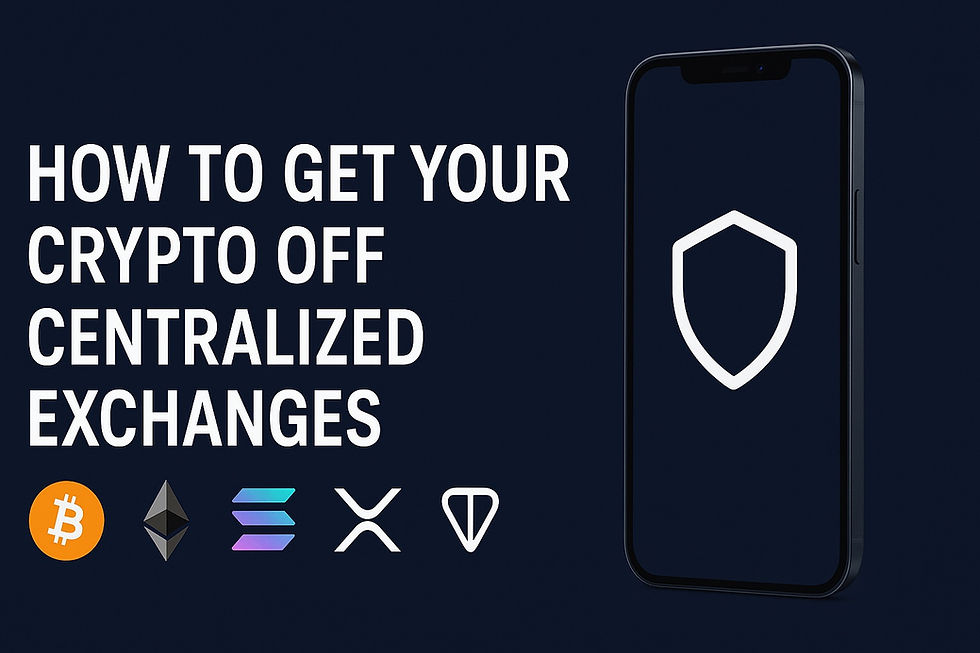
Moving your crypto off centralized platforms and into self-custody puts you in control. This guide walks you through why and how to do it safely — and how you can still trade and earn without relying on CEXs.
Why You Should Move Your Crypto Off CEXs
Counterparty Risk – Exchanges can be hacked, go bankrupt, or face government seizure.
Withdrawal Freezes – In market panics, some CEXs suspend withdrawals to manage liquidity.
Regulatory Pressure – Governments can compel exchanges to freeze or surrender funds.
Custodial Risk – If the exchange holds the private keys, you technically don’t own your crypto.
Self-custody means that only you control the keys, and only you can authorize transactions.
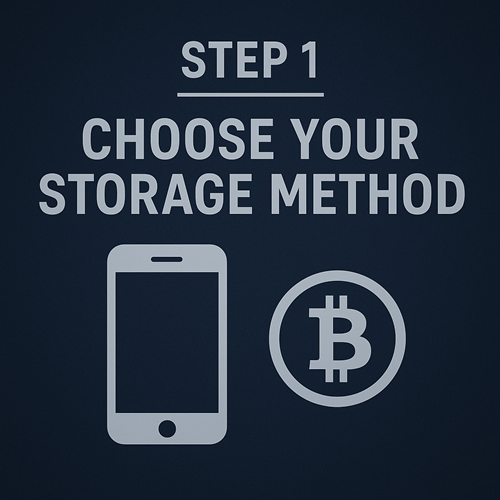
Step 1 – Choose Your Storage Method
You have three main options for moving crypto off a centralized exchange:
1. Hardware Wallet (Best for Long-Term Security)
Examples: Ledger Nano S/X, Trezor Model T, Keystone, Coldcard.
Keys are stored offline in a dedicated device, protected from malware.
Ideal for large holdings and long-term HODL.
2. Software Wallet (Good for Active Use)
Examples: Exodus, Trust Wallet, Coinomi, MetaMask (for Ethereum & EVM chains).
Runs on your phone or computer; more convenient but less secure than hardware.
Great for smaller amounts or frequent transactions.
Phantom Wallet — SOLANA, ETHEREUM, POLYGON, BITCOIN, SUI, MONAD, BASE
SOLFLARE — Solana Dedicated Wallet
MetaMask Solana and Ethereum and EVM-compatible blockchains
For XRP enthusiasts,
Robinhood: A MultiChain Self Custody Wallet from RobinHood.
Xumm WalletEthos Wallet is purpose-built for the Sui blockchain
fWallet is Fantom‘s native wallet
Core Wallet, developed by Ava Labs, is the ultimate choice for Avalanche users.
TronLink Wallet is the go-to software wallet for the Tron ecosystem
TonKeeper — Built for TONCOIN Transactions and DeFi
3. Paper or Air-Gapped Wallet (For Cold Storage Purists)
A printed or handwritten set of keys and recovery phrases, stored securely offline.
No exposure to the internet, but easy to lose or damage.
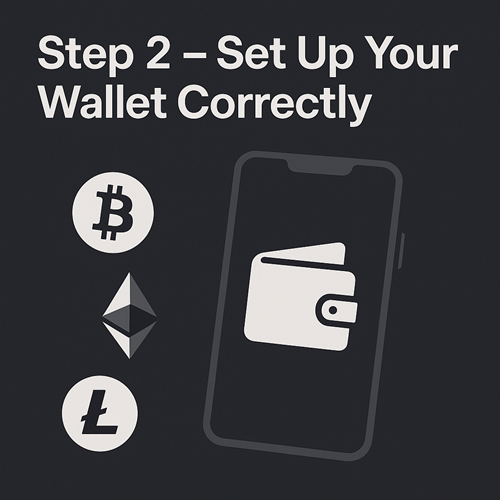
Step 2 – Set Up Your Wallet Correctly
No matter the method, secure setup is crucial:
Download from the official source – Avoid phishing sites and fake apps.
Generate a recovery seed (usually 12–24 words) offline.
Write it down on paper or metal — never store it in cloud storage or screenshots.
Test your backup — recover the wallet with the seed on a second device before sending large amounts.
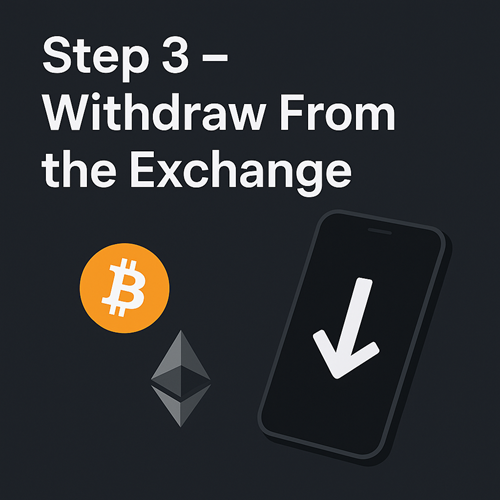
Step 3 – Withdraw From the Exchange
Log into your exchange account.
Navigate to withdrawals and choose the cryptocurrency you want to move.
Copy your wallet’s receiving address (double-check network compatibility — sending ETH to a Bitcoin address will result in loss).
Start with a small test transaction to verify everything works.
Once confirmed, send the full amount in one or multiple transactions depending on fees and security preference.
⚠ Common Mistakes to Avoid:
Sending on the wrong network (e.g., using ERC-20 when your wallet only supports BEP-20).
Not double-checking your pasted address.
Ignoring withdrawal fees — some CEXs charge higher fees than others.
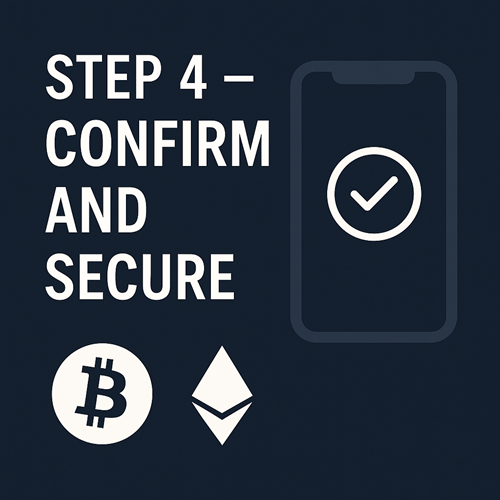
Step 4 – Confirm and Secure
After withdrawing:
Check blockchain explorers (like Etherscan or Blockchain.com) to confirm the transaction.
Store your wallet in a safe place — ideally in a fireproof, waterproof environment.
Keep recovery seeds completely offline and away from prying eyes.
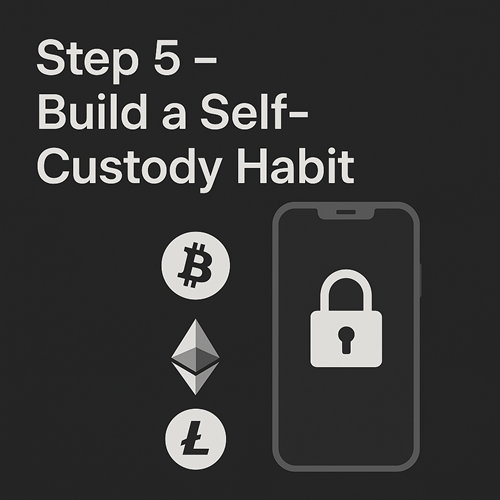
Step 5 – Build a Self-Custody Habit
Moving your crypto once isn’t enough — make self-custody a default habit:
Buy directly to your wallet when possible (many on-ramps now allow direct wallet deposits).
Split holdings between hot wallets (daily use) and cold wallets (long-term storage).
Periodically check that backups still work.
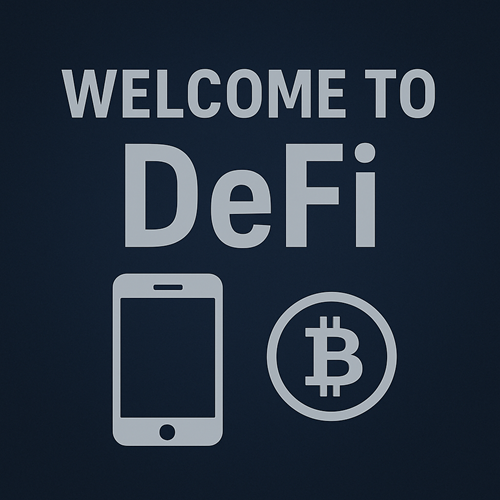
Trading After You Leave Centralized Exchanges — Welcome to DeFi
One of the main concerns people have about leaving CEXs is: “How will I trade?” The answer is Decentralized Finance (DeFi) — a set of protocols that lets you swap, lend, borrow, and earn yield directly from your self-custody wallet.
Here’s how to trade without relying on a CEX:
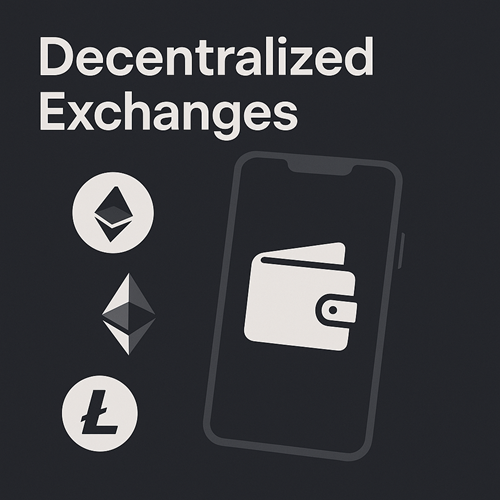
1. Use Decentralized Exchanges (DEXs)
Examples: Uniswap (Ethereum), SushiSwap (multi-chain), PancakeSwap (BNB Chain), Raydium (Solana).
Connect your wallet directly and trade peer-to-peer.
No accounts, no KYC, no custodians — you hold the keys at all times.
DEFINITIVE: Solana, Base, HyperEVM and all other major EVM chains
PADRE: SOL/ETH/BASE/BSC/TRON/AVAX
DBOTDEX: SOL/ETH/BASE/BSC/TRON
SANJI TRADING TERMING : SOL/ETH/BASE/BSC/XRP/SUI
SPHYNX LABS: MultiChain DEX 17 Chains
APEX: MultiChain Perps
PHOTON: SOL/ETH/BSC/BASE/TRON
PARADEX: Multichain Spot/Perps
SOLANA
AXIOM: Solana . Trade, Perps, Yield
RAYDIUM: Solana DEX
BONK TELEMETRY: SOLANA
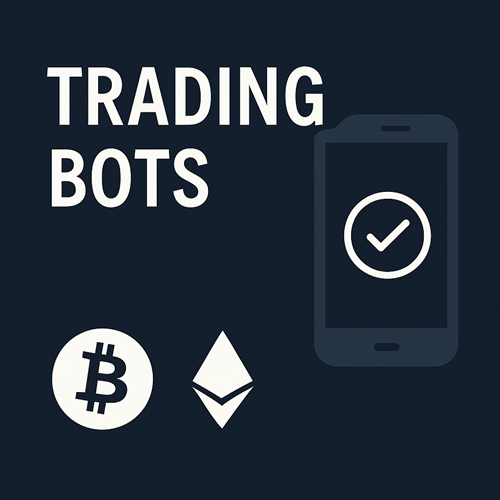
2. Try Trading Bots for Better Prices
Faster swaps with Trading Automation Features, no code, no sunscription
These scan multiple DEXs to find you the best swap rate.
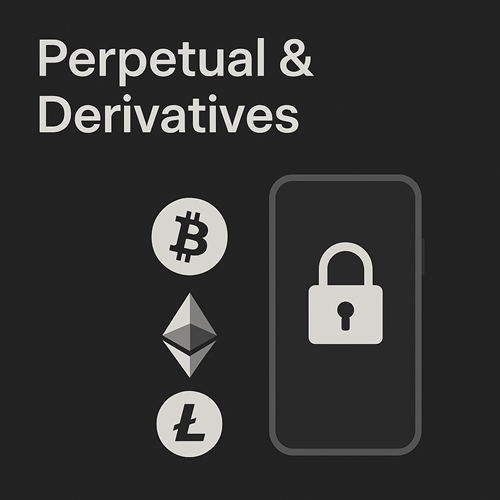
3. Explore On-Chain Perpetual & Derivatives Platforms
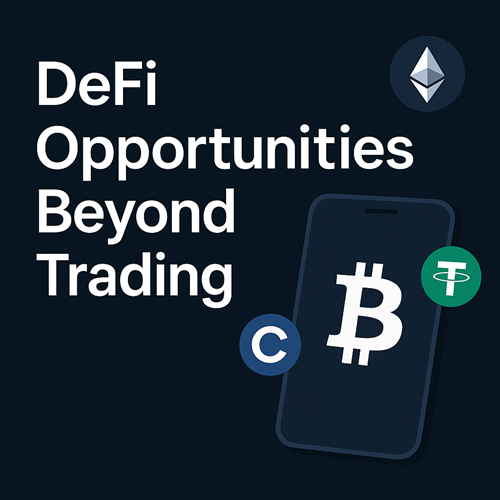
DeFi Opportunities Beyond Trading
Once your crypto is in self-custody, you can tap into a wide range of on-chain opportunities that go far beyond simple buying and selling:
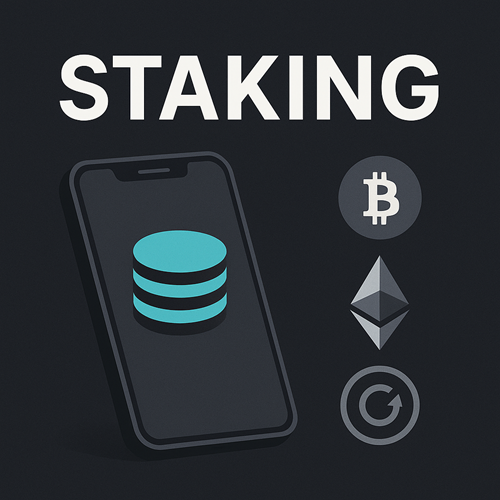
1. Staking
Earn rewards by helping secure proof-of-stake blockchains like Ethereum, Solana, Cardano, or Cosmos.
You can stake directly from wallets like Keplr, Phantom, or MetaMask (via protocols).
Options range from solo staking (full validator control) to delegated staking (lower barrier, lower risk).
FRAGMETRIC: The first yield-bearing BTC on Solana, built on the battle-tested FRAG-22 (Fragmetric Asset Standard)
UPSHIFT: Upshift, built on prime brokerage August, lets retail access the high-yield strategies used by institutions. Maximize your APY for USDC, HYPE and more.
SPARK: Deposit your stablecoins into USDC Savings to tap into the Sky Savings Rate, which grants you a transparent APY in USDC
HIPPO: Telegram App : Stake any amount of TON. Acquire hTON, usable across TON DeFi
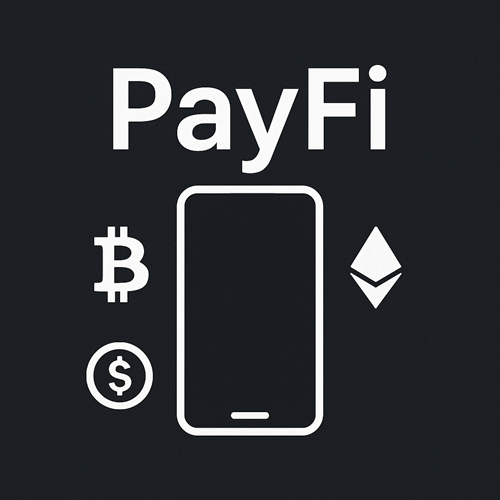
2. PayFi (On-Chain Payments & Merchant Tools)
PayFi blends DeFi payment rails with merchant services, enabling instant crypto payments without banks.
Examples: Request Finance, BTCPay Server, Pintopay, BONKPAY.
You can invoice clients in stablecoins, run subscriptions, or integrate on-chain checkouts — all without giving custody to an intermediary.
PINTOPAY: NON KYC Credit Card - Telegram Interface - ApplePay.GooglePay Compatible
xKARD: Non KYC Visa Cards, ApplePay and GooglePay, Use Worldwide, Load with USDT
SOLCARD: Solana DeFi OffBoarding. Apple Pay Compatible Digital Visa
KAST: Mobile App Offering A Crypto Top Up Visa
BANK OF VECTOR: Virtual and Physical Crypto Visa Cards. Monero Bridge. 77 Cryptocurrencies accepted.
BONKPAY: Reloadable Non Kyc Solana Visa Card
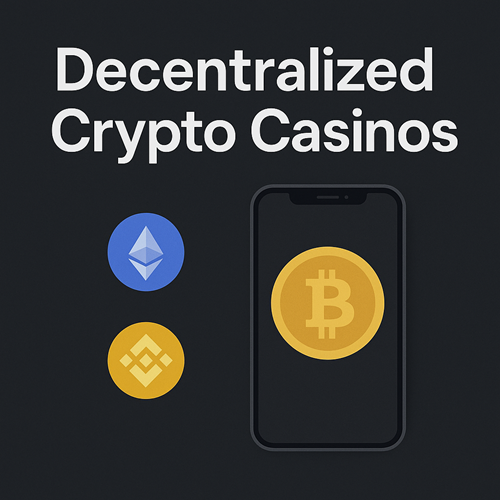
3. Decentralized Crypto Casinos
On-chain gaming dApps like Rollbit, WINk, and ZKasino let you wager directly from your wallet.
Smart contracts handle bets and payouts automatically — no middleman holding your funds.
Provably fair systems ensure transparent odds, something many traditional online casinos can’t guarantee.
TOSHI BETS
TOSHI BETS is a popular decentralized betting platform that allows users to place wagers on various events without the need for KYC verification. It offers competitive odds, fast payouts, and a sleek interface.
PIGMO: DeFi Crypto Casino
PIGMO operates as a decentralized finance (DeFi) crypto casino, integrating blockchain-based smart contracts for provably fair gaming. It offers a wide range of games, including slots, poker, and crash betting, with full anonymity for players.
METAWIN
METAWIN is an innovative crypto casino known for its unique jackpot games and interactive gambling experience. It allows players to use various cryptocurrencies to participate in lotteries and casino games, all without any KYC requirements.
RakeBit (Referral Code: XRRSTPBL)
RakeBit stands out with its generous rakeback program, giving players a percentage of their bets back as rewards. The platform supports multiple crypto assets, ensuring fast and secure transactions. Use referral code XRRSTPBL for exclusive bonuses.
STAKE
STAKEdotCOM take.com is a leading crypto-based online casino and sportsbook launched in 2017. It offers a wide range of games and betting options, including slots, live casino, and sports betting. Known for fast crypto transactions and major sponsorships like UFC and Formula 1, Stake has grown rapidly despite facing regulatory challenges and security incidents.
💡 Note: While these opportunities can be lucrative or entertaining, always assess risks. DeFi yields can fluctuate, and gaming platforms carry inherent volatility and gambling risks.
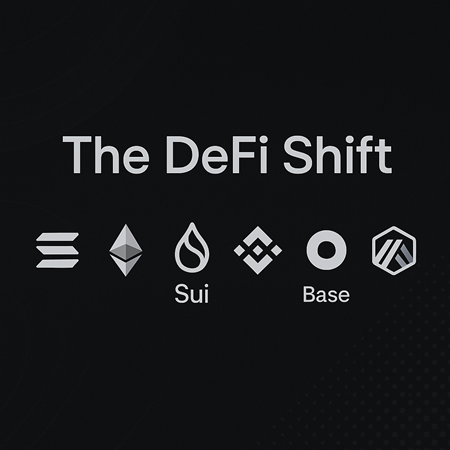
Final Thoughts
Getting your crypto off centralized exchanges isn’t just about security — it’s about sovereignty. By holding your own keys, you eliminate third-party risks and take true ownership of your digital assets.
And thanks to DeFi, you can trade, earn yield through staking, accept crypto payments, and even enjoy blockchain-based entertainment — all without giving up custody.
The golden rule still applies:
If you don’t control the keys, you don’t control the coins.




Comments